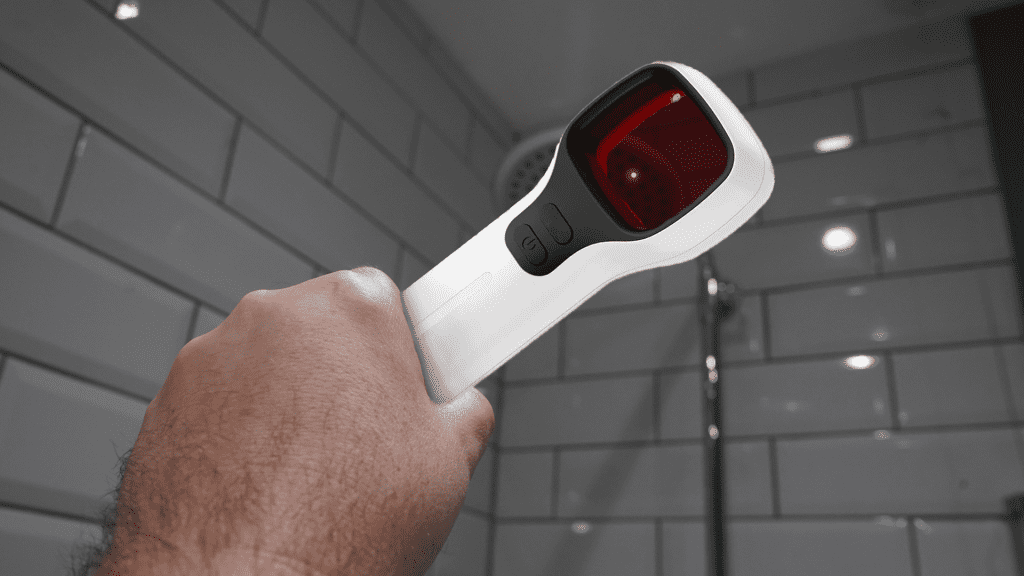The Essential Guide to Hidden Camera Detectors for Travellers
In an age where privacy is a luxury, the savvy traveler knows the importance of safeguarding personal space, especially in unfamiliar environments. Hidden camera detectors have emerged as a crucial tool for individuals looking to protect their privacy while traveling. This comprehensive guide delves into the world of hidden camera detectors, offering travelers peace of mind by unveiling the unseen.

The Rise of Surveillance Concerns
The prevalence of hidden cameras in hotels, Airbnbs, and public spaces has sparked significant privacy concerns among travelers, highlighting the need for proactive measures.
A Growing Trend
Incidents of unauthorized surveillance in private accommodations have been on the rise, prompting travelers to seek solutions to detect and counteract hidden devices.
Understanding Hidden Camera Detectors
At the core of protecting one’s privacy lies the understanding of how hidden camera detectors work and their ability to uncover covert surveillance devices.
The Technology Behind the Tools
Hidden camera detectors typically operate by detecting the reflection of light from camera lenses or by picking up RF (radio frequency) signals emitted by wireless devices.
Types of Detectors
From simple lens-detecting gadgets to sophisticated RF detectors, the market offers a range of devices designed to suit various needs and levels of tech-savviness.
Choosing the Right Hidden Camera Detector
Selecting an appropriate hidden camera detector hinges on several factors, including usability, sensitivity, and the specific environments where it will be employed.
Considerations for Purchase
Travelers should consider device size, ease of use, detection range, and battery life when selecting a hidden camera detector to ensure it meets their specific travel needs.
Features to Look For
Advanced features such as adjustable sensitivity, frequency range, and built-in flashlights can enhance the effectiveness of a hidden camera detector.
How to Use a Hidden Camera Detector
Understanding the proper use of a hidden camera detector is paramount in effectively identifying and neutralizing hidden cameras.
Step-by-Step Guide
A systematic approach to scanning rooms, focusing on common hiding spots such as alarm clocks, smoke detectors, and electrical outlets, increases the likelihood of uncovering hidden devices.
Best Practices
Regularly updating knowledge on the latest types of hidden cameras and staying informed about new detection methods can significantly improve detection rates.
Legal and Ethical Considerations
While the use of hidden camera detectors is generally seen as a protective measure, travelers must navigate the legal and ethical landscape surrounding their use.
Respecting Privacy Laws
Travelers should be aware of local laws regarding privacy and the use of detection devices to avoid legal complications.
Ethical Use
Employing hidden camera detectors should be motivated by the protection of one’s privacy, without infringing on the privacy of others.
The Importance of Privacy Awareness
In addition to using hidden camera detectors, cultivating an awareness of privacy risks and adopting a proactive stance towards personal security is crucial for modern travelers.
Staying Informed
Keeping abreast of common surveillance practices and the latest in privacy-invading technology empowers travelers to better protect themselves.
Privacy Best Practices
Adopting general privacy best practices, such as covering laptop webcams when not in use and being cautious about sharing personal information in public spaces, complements the use of hidden camera detectors.
Beyond Detection: Preventive Measures
While hidden camera detectors are an effective tool, incorporating additional preventive measures can further bolster a traveler’s privacy.
Secure Accommodations
Choosing accommodations with a strong reputation for privacy and security can reduce the risk of encountering hidden cameras.
Visual Inspections
Conducting a thorough visual inspection of private spaces upon arrival can help identify potential hiding spots for surveillance devices.
Conclusion: Empowering Travelers Through Technology
The advent of hidden camera detectors represents a significant leap forward in personal security for travelers. By equipping themselves with the knowledge and tools to detect unauthorized surveillance, individuals can navigate the complexities of the modern travel landscape with confidence and peace of mind. In doing so, travelers not only protect their privacy but also assert their right to a secure personal space, no matter where their journeys may take them. As technology continues to evolve, the importance of staying vigilant and proactive in the face of privacy challenges remains paramount, ensuring that the joy of exploration remains untainted by concerns over personal security.